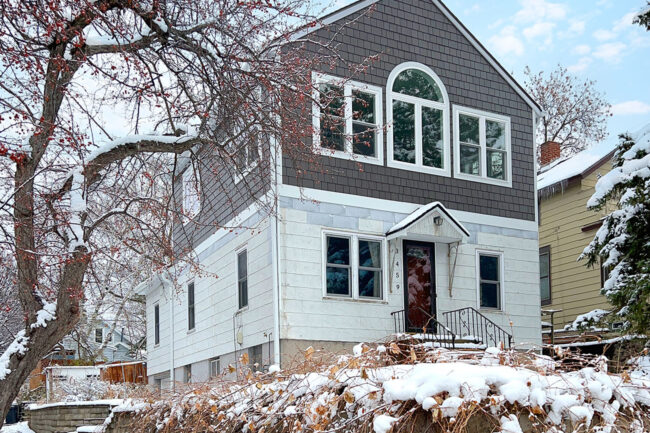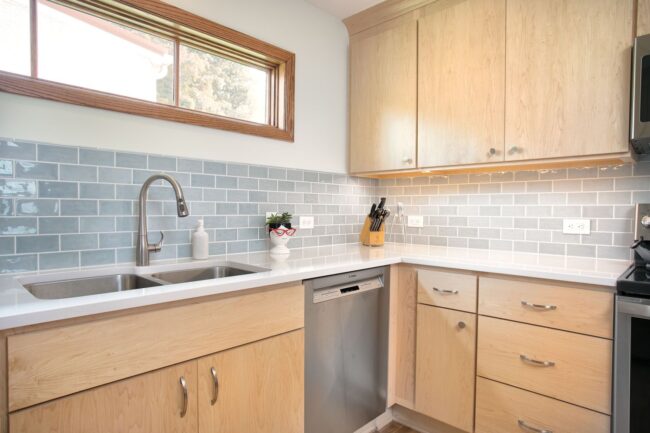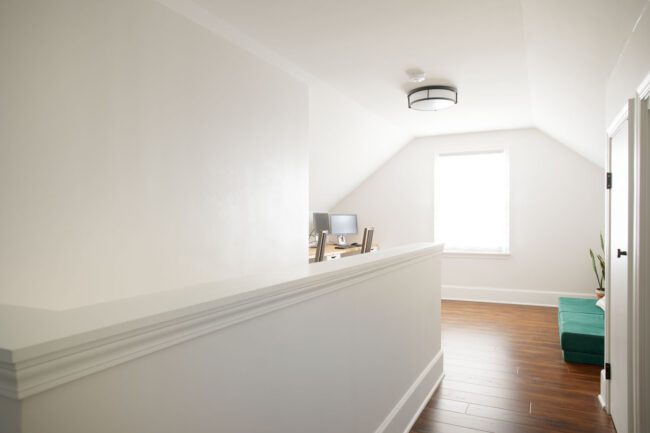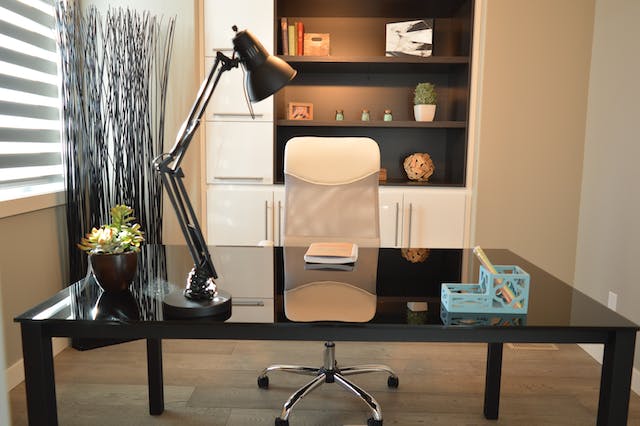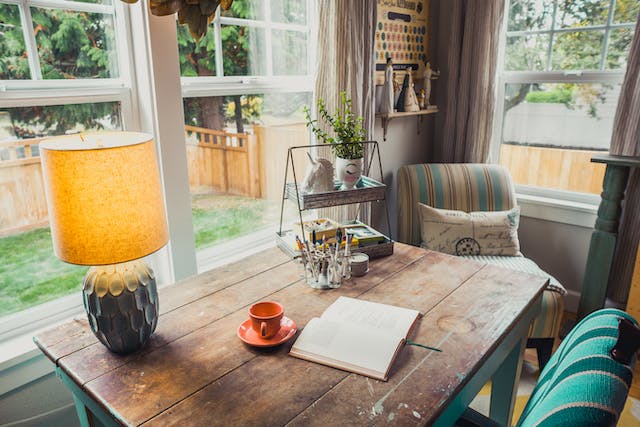Transforming Your Balcony or Rooftop with Urban Gardening

There is an untapped potential for creating green havens of serenity and beauty on balconies and rooftops. As cities continue to grow and space becomes scarcer, transforming small, overlooked spaces with urban gardening has gained momentum. Transforming your balcony or rooftop with urban gardening offers many benefits, from providing a source of fresh produce and herbs to creating relaxing retreats and improving air quality. Luckily, the possibilities for creating a lush, green oasis amid urban chaos are within your reach.
Assessing Your Space
Start by measuring your space. Is it cozy or spacious? Consider how you want to use it – for dining, relaxing, or growing your garden. Visualize the layout to make the most of every inch. Also, pay close attention to the sun’s path. Is your space a sun-soaked spot or a shaded nook? Different plants thrive in different light conditions, so understanding your space’s microclimates will help you pick the perfect green companions.
Ensure your balcony or rooftop can support the weight of your garden. Check for sturdy railings, and consult with a professional if needed. We want your urban garden to be a safe and enjoyable retreat. Remember, assessing your space sets the foundation for a flourishing urban garden. Therefore, grab your measuring tape, study the sunlight patterns, and ensure safety.
Start Planning Your Space
Firstly, think about what you want from your garden. Are you aiming for a lush green oasis or a practical herb garden? Setting clear goals will help you stay focused and satisfied with the results. So, grab a piece of paper and sketch your vision. Where will your plants go? Where’s the seating area?
In addition, picking a color scheme or theme will give it a harmonious and inviting feel. At the same time, remember that different plants have different growing seasons. Plan your planting schedule to ensure a continuous display of beauty throughout the year. Planning is the key to a successful urban garden. So, dream big, sketch it out, pick your colors, and time it right – your urban oasis is about to come to life!

Start with easy-care plants that won’t take too much time.
Selecting the Right Plants
Find your local climate zone to pick plants that can handle the weather. Not all plants are pot-friendly. Go for container-savvy varieties, ensuring they’ll flourish in the limited space of your balcony or rooftop. Ask yourself – are you after fresh herbs and veggies or simply looking to add beauty? Decide whether you want to satisfy your taste buds or soothe your soul.
If you’re new to gardening, start with easy-care plants that won’t require too much time. In addition, don’t let a lack of space stop you. Embrace vertical gardening using wall-mounted planters and shelves to maximize your garden’s potential, turning your space into a lush, green haven. Your plant choices define your urban garden’s personality, so pick wisely, and soon, your balcony or rooftop will be bursting with life and color.
Furniture and Decor
Now, let’s talk about furniture and decor, which turn your urban garden into a cozy oasis that reflects your personality. Your outdoor space deserves a seating arrangement that’s as comfortable as chic. Choose furniture that suits your needs, whether a cozy lounge chair, a bistro set for two, or a spacious dining table. At the same time, make it an extension of your indoor style. These are the details that add character and charm to your garden. Mix and match different-sized pots, experiment with unique planters, and hang baskets to create levels of greenery.
On top of that, take the theme up a notch with decorative elements like outdoor art pieces. Let your imagination run wild, making your space truly one-of-a-kind. Extend your outdoor enjoyment into the evening by adding lighting. String lights, lanterns, or solar-powered fixtures provide functionality and create a warm, inviting atmosphere.

Carefully consider how much sunlight your apartment or rooftop gets before you purchase plants.
Moving Your Urban Garden to a New Urban Home
Just like packing up for a trip, ensure your plants are ready. Prune them if needed, secure them in sturdy containers, and ensure they’re well-watered before departure. Treat your green buddies with care during the move. If you want to ensure you are moving your plants safely and securely, avoid direct sunlight and strong winds and cushion them with padding to prevent damage. Once at your new place, give them time to acclimate to their new surroundings before replanting them.
Each urban spot has unique quirks, so be patient as your plants adapt to their new environment. Monitor sunlight, temperature, and humidity levels and make any necessary adjustments to ensure they thrive. With a little extra attention and care, they’ll settle into their new home and continue to flourish.
Maintenance and Care
Just as you need nourishment, your plants crave it too. Therefore, develop a watering schedule tailored to your plant’s needs when transforming your balcony or rooftop with urban gardening. Don’t forget to feed them with the right fertilizers to keep them lush. Furthermore, regularly prune to encourage healthy growth and keep an eye out for pesky insects. Swift action can prevent infestations from taking over.
Seasons change, and so do your plants’ needs. So, be attentive to shifts in weather and adjust your care routine accordingly. Consider rotating plants to different spots to ensure they all get their fair share of sunlight and attention. Like reducing, reusing, and recycling in your daily life, embrace sustainable practices. Collect rainwater for irrigation, compost kitchen scraps, and choose eco-friendly pest control methods to minimize your environmental footprint.
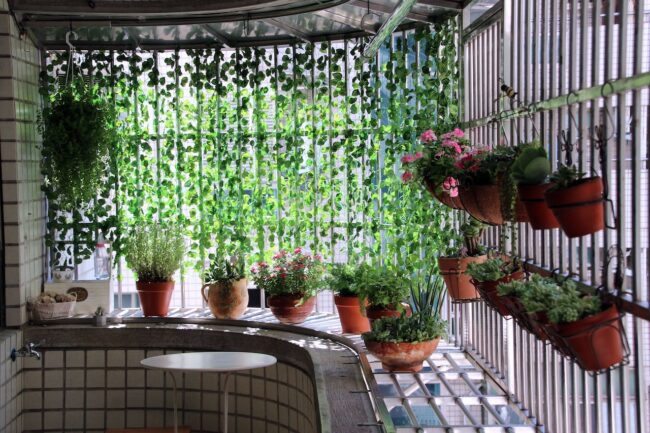
Choose the right plants for your area when transforming your balcony or rooftop with urban gardening.
Final Thoughts on Transforming Your Balcony or Rooftop with Urban Gardening
In the ever-expanding world of urban living, transforming your balcony or rooftop with urban gardening is a project worth trying. Now, you can create an urban garden that brings beauty and fosters a sense of belonging to the green world around you. Remember, you can create a garden space to reflect your personality and introduce a functional feature in your home.
Meta Description:
Transforming your balcony or rooftop with urban gardening can be fun! Learn how to pick plants, care for them, and create a green oasis.
Kw:
Transforming Your Balcony or Rooftop with Urban Gardening


